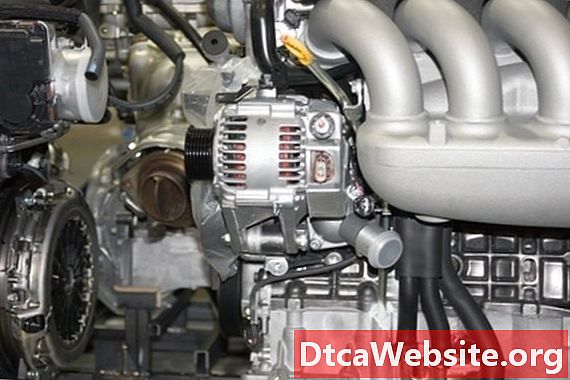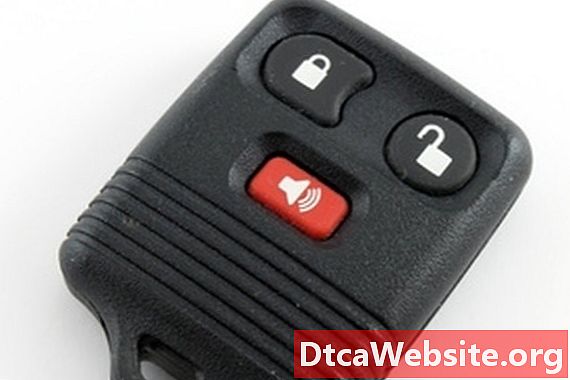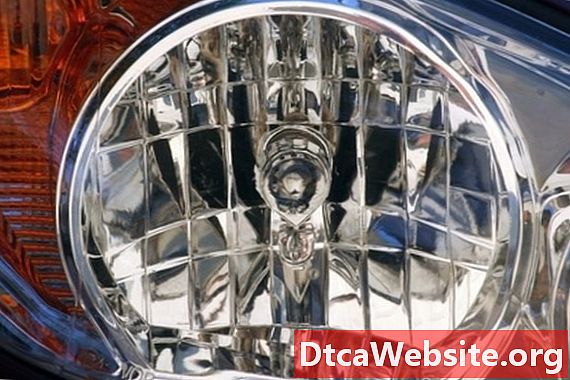
Contenu

Alternators produce electricity to power electrical devices and to charge batteries. Voltage and amperes varies, depending on the type and its purpose, but car alternators are usually 13 to 15 volts and produce between 50 and 100 amperes. Some modern alternators only have one wire as all the external functions are housed within the alternator and, as the alternator is fixed to the car engine, this completes the ground circuit. However, the majority of alternators have three or four terminals which wires connect to. Checking typical alternator wiring is a moderately easy task.
Step 1
Check your alternator to find the number of terminals it has. Its typically likely to be three, but no more than four. You may find it easier to use a flashlight if youre looking at the alternator in your car.
Step 2
Locate the terminal on the alternator labeled "B", "Bat" or "Pos." All alternators have this terminal. The wire that connects to it is red and goes to the battery. It is a heavy duty wire as it has to carry high current.
Step 3
Find the terminal on the alternator labeled "Neg", "F" or "Field." This is the ground connection. Typical alternators have this terminal although some alternators dont as they are grounded directly to the engine. The wire that connects to this terminal is black and the opposite end attaches to a metal part of the car.
Step 4
Check if your alternator has a terminal marked "Ign" or "L." The terminal is smaller than the previous two. The wire that attaches to this terminal can vary in color and the opposite end goes to the ignition and/or dashboard warnings system. Most typical alternators have this wire connection.
Check to see if you have a fourth connection on your alternator. The fourth connection is used to wire between the alternator and the voltage regulator. Labeling is inconsistent but is often "S". If you have a fourth terminal it is for the voltage regulator. The regulator ensures that, despite the speed the alternator spins and the amperes it produces, the voltage is adjusted to maintain between 13 and 15 volts. Modern alternators have built-in voltage regulators so you may not find this connection.
Items you will need
- Flashlight


